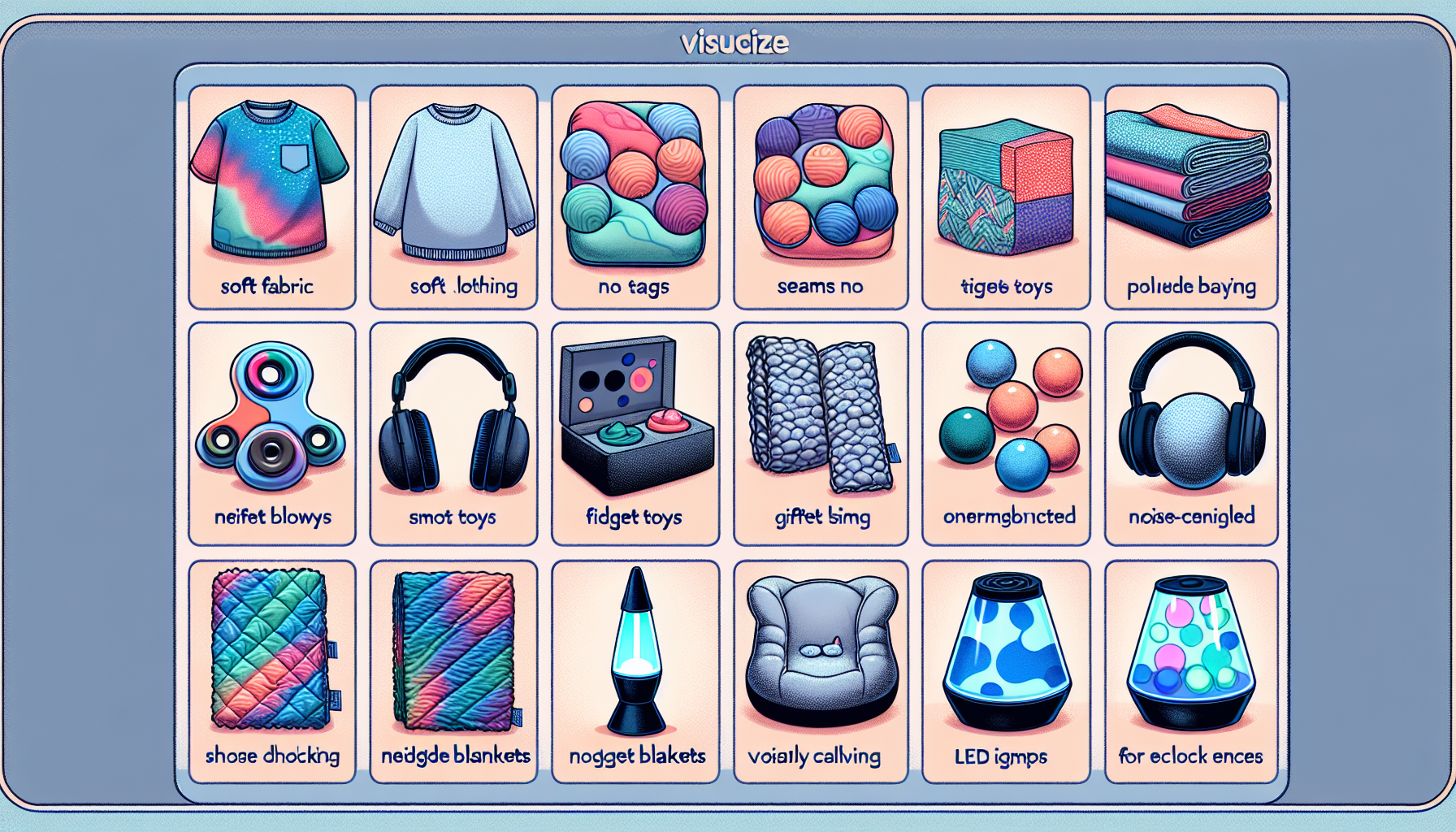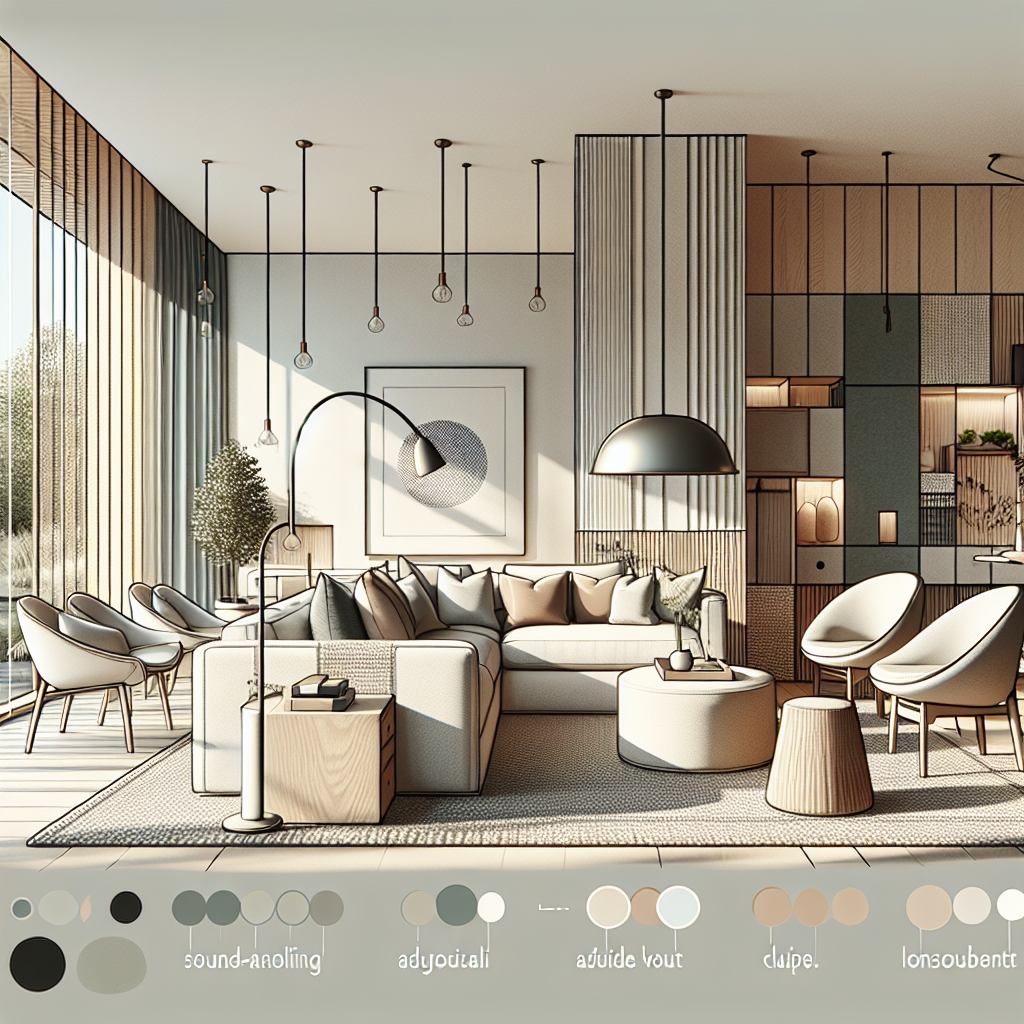In a world teeming with sensory stimuli, individuals with sensory processing difficulties can often find everyday environments challenging. Sensory-friendly products and innovations are increasingly becoming a beacon of hope, offering a bridge between the needs of these individuals and the demands of modern life. Avix Health is dedicated to exploring and encouraging the development of such products, understanding their profound impact on sensory health and overall well-being.
The Importance of Sensory Health
Sensory health plays a crucial role in how we perceive and interact with the world around us. It encompasses all the processes related to our senses – sight, sound, touch, taste, smell, as well as proprioceptive (sense of body position) and vestibular (sense of balance) systems. For many, these sensory inputs are seamlessly integrated and interpreted. However, for those with sensory processing disorders or sensitivities, the world can be an overwhelming place, filled with discomfort and anxiety.
To understand more about the foundation of sensory health, consider reading about Sensory Health on Avix Health. It provides comprehensive insights into how our senses work and why they are vital to our everyday functioning.
Sensory Friendly Innovations: Comfort and Inclusion
Advancements in design and technology have paved the way for various products that cater to the needs of individuals with sensory sensitivities. These range from clothing and toys designed with soft materials and minimal seams, to noise-canceling headphones that reduce auditory overload. Sensory-friendly innovations also include architectural designs that consider acoustics, lighting, and spatial organization to create environments that are less likely to cause distress.
For a deeper dive into how these principles are applied in building design, you may find the article on Sensory-Friendly Design in Architecture and Interior Design to be informative.
Understanding the Market and Consumer Needs
Creating sensory-friendly products requires a nuanced understanding of the unique needs of individuals with sensory sensitivities. It involves extensive research and collaboration with occupational therapists, psychologists, and those who experience these challenges firsthand. The goal is to design products that not only mitigate sensory discomfort but also promote independence, confidence, and a higher quality of life.
Cross-Modal Perception and Sensory Health
In developing sensory-friendly products, the concept of cross-modal perception is critical. This refers to the way our brain integrates information from various senses to form a coherent perception of our environment. For instance, a product might be designed to provide visual cues that can help compensate for auditory sensitivities, or tactile feedback that can assist those with visual impairments.
To explore this fascinating aspect of sensory integration, a resource on Understanding Cross-Modal Perception and Sensory Health offers a wealth of information.
Innovations Across Demographics
Sensory-friendly products are not limited to any one age group or demographic. From children with autism who benefit from sensory toys that help them focus and self-regulate, to adults and the elderly who may struggle with sensory degradation, these products are inclusive and have far-reaching applications.
For insights into how sensory health challenges manifest in different age groups, articles such as Sensory Health Challenges in the Elderly provide valuable context.
The Role of Technology in Sensory Health
Technological innovations have been game-changers in the realm of sensory health. Apps that filter and control sensory input, wearable devices that monitor stress levels and provide calming stimuli, and virtual reality experiences designed for sensory therapy are just a few examples of how technology is transforming the landscape.
To understand the latest technological strides in this field, consider looking into the Technologies for Managing Sensory Processing Disorders.
Selecting External Resources
In the spirit of providing comprehensive support, we have curated a list of high-quality external resources that complement the information provided in our articles:
- A detailed guide on creating sensory-friendly learning environments for educational settings, which can be pivotal in supporting children with sensory sensitivities.
- An in-depth look at the impact of sensory-friendly hospital environments on patient care and recovery, particularly important for those with heightened sensory awareness.
- Research on the benefits of sensory gardens for mental health and well-being, showcasing the therapeutic potential of outdoor spaces designed with sensory needs in mind.
Conclusion
The development of sensory-friendly products and innovations is a testament to the growing awareness and empathy towards the needs of individuals with sensory sensitivities. It is a movement towards a more inclusive society, where the environments we live, work, and play in are considerate of everyone’s sensory experiences.
As we continue to advocate for sensory health, Avix Health remains committed to providing resources and information that empower individuals and communities. By embracing sensory-friendly innovations, we can all contribute to a world where sensory health is not an afterthought, but a cornerstone of design and development.



